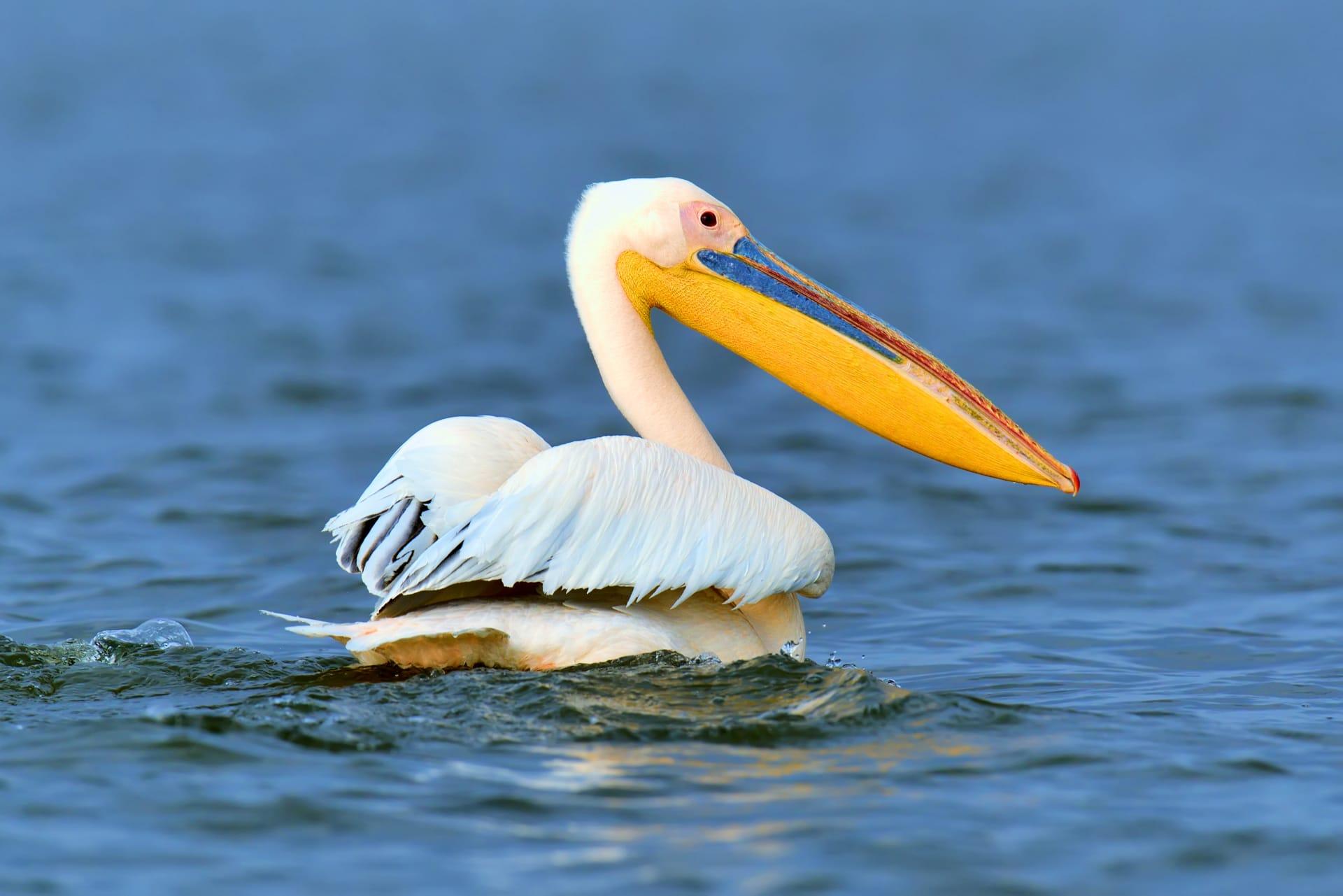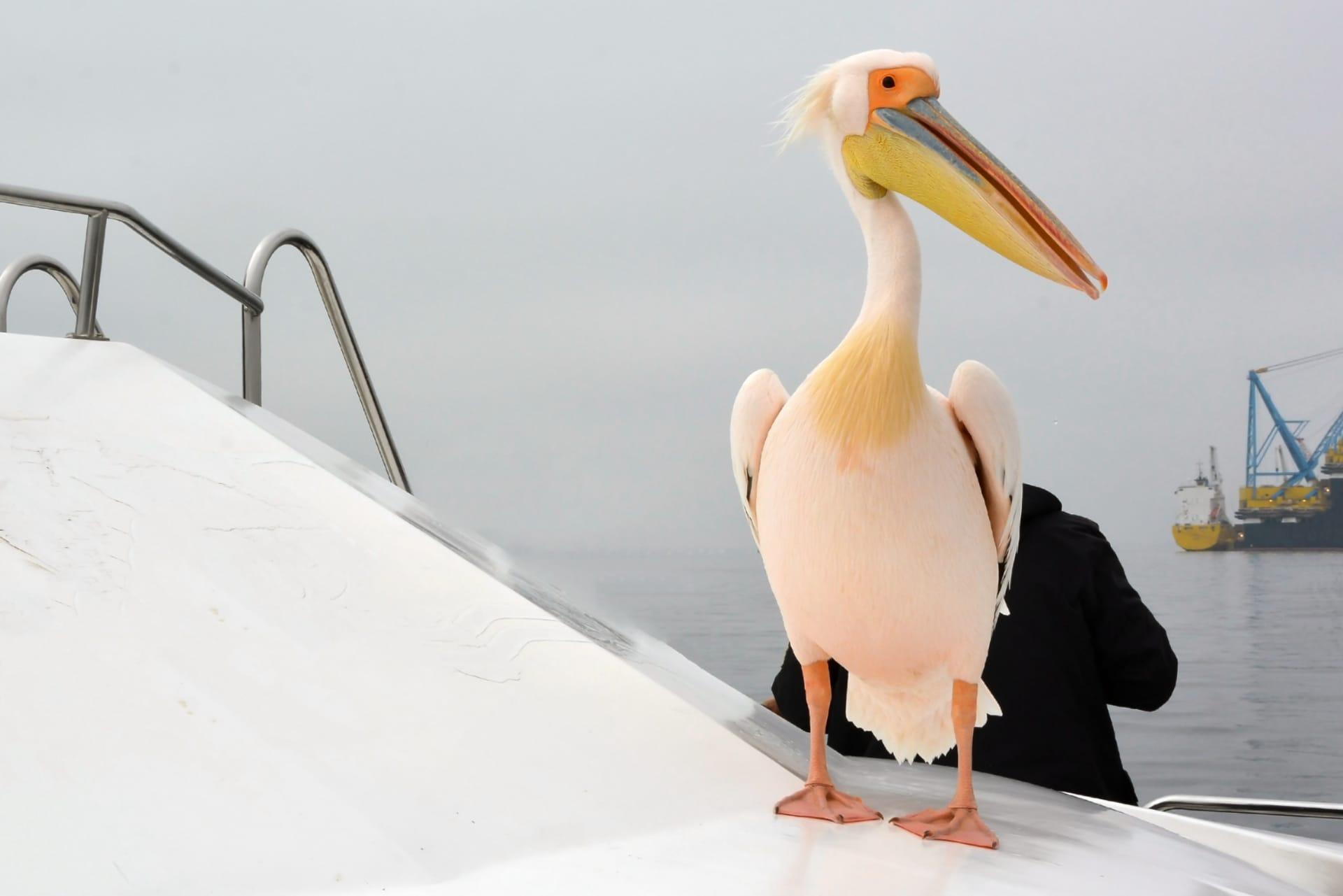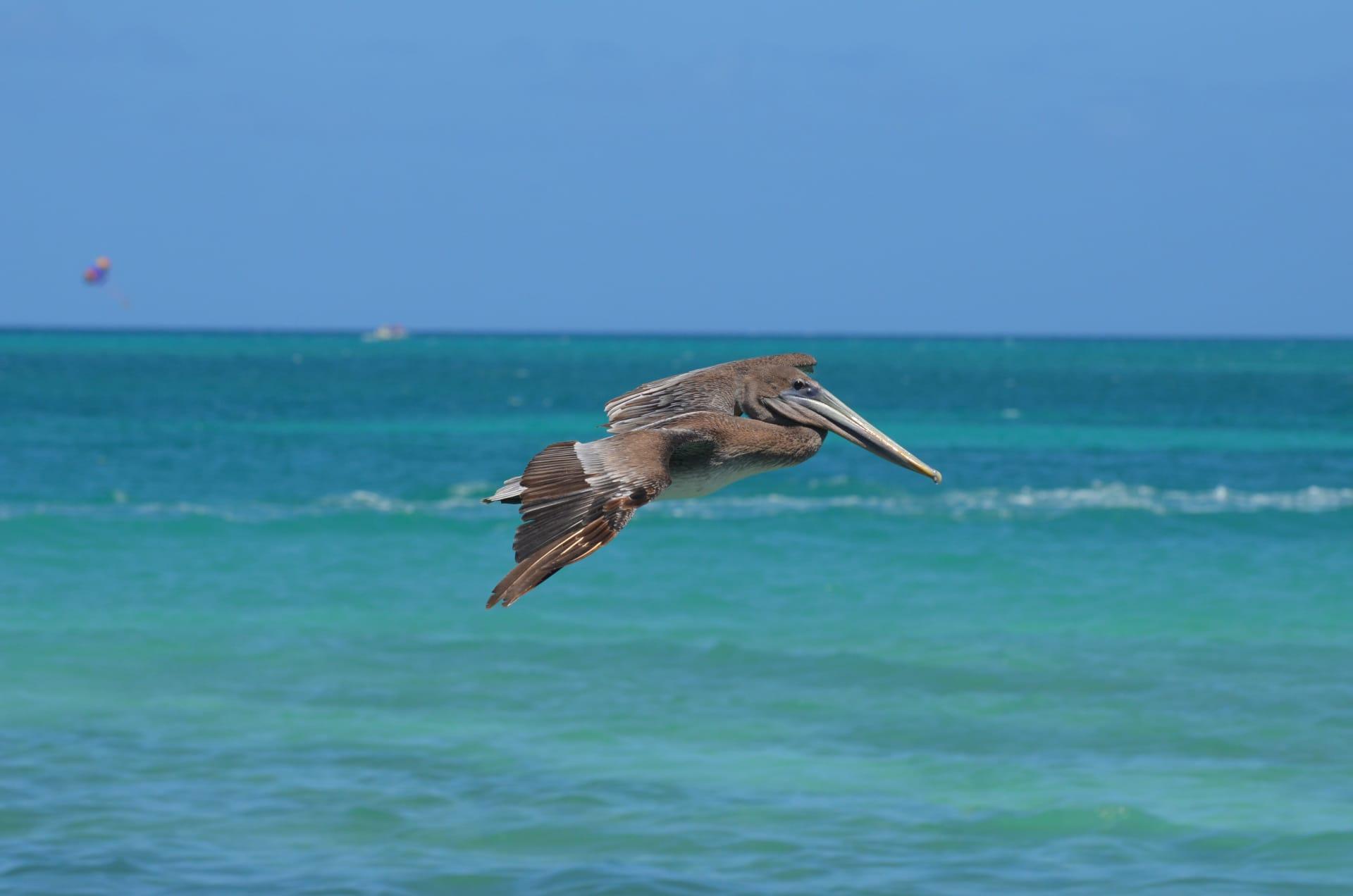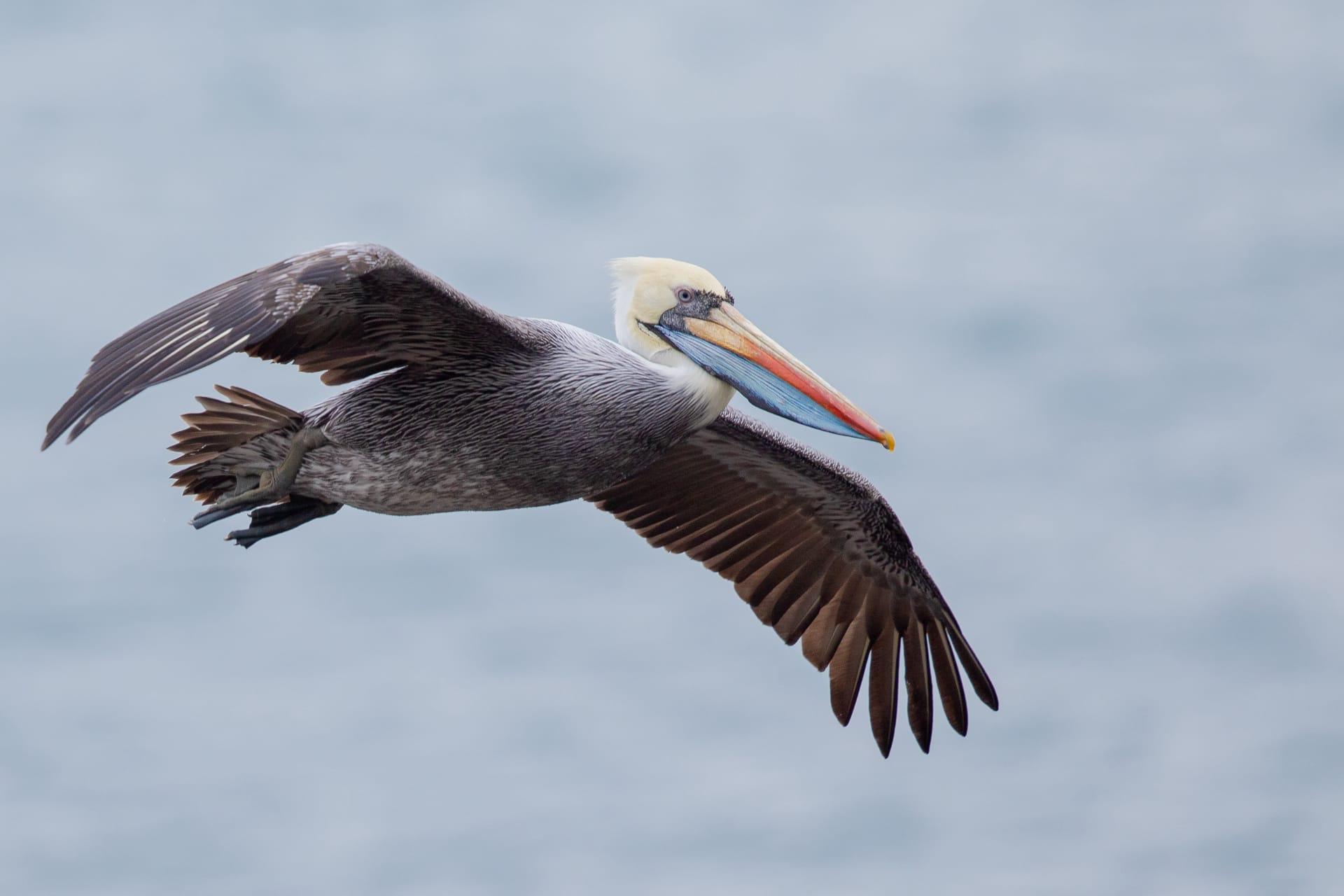Pelican Characteristics
- Home /
- Mini Encyclopedia /
- Animal /
- Pelican Characteristics
1
Pelicans, majestic birds recognized for their impressive size and unique features, are a fascinating subject in the avian world. These birds boast an average wingspan ranging from 7 to 11.5 feet, making them one of the largest bird species in terms of wingspan. Adult pelicans typically weigh between 10 to 30 pounds, with their hefty bodies supported by surprisingly light, air-filled bones. Their lifespan is another remarkable aspect, as pelicans can live up to 15 to 25 years in the wild, with some records showing individuals reaching over 30 years in captivity.
Arguably the most distinctive feature of a pelican is its bill and attached throat pouch. The bill of a pelican, which can be as long as 18 inches, is not just large but highly adapted. The attached expandable throat pouch serves as a versatile tool, primarily used for feeding. It acts like a fishing net, allowing the pelican to scoop up fish and water. Once the water is drained out, the pelican can swallow its catch. This pouch can hold up to three gallons of water, showcasing its remarkable capacity, which is often greater than the bird's stomach.

2
Question: How do pelicans cool themselves since they don't have sweat glands?
Answer: Pelicans have a unique method for regulating their body temperature. Since they lack sweat glands, these birds rely on a process called gular fluttering. This involves rapid movement of the thin skin in their throat area, which helps in heat dissipation. Additionally, pelicans are often seen resting with their beaks open and wings spread, which also aids in cooling down their body temperature. They also make use of their aquatic habitat by taking frequent dips in the water to maintain a comfortable body temperature.

3
Pelicans are skilled fliers, utilizing thermal air currents to soar gracefully in the sky. They can reach heights of up to 10,000 feet, riding on thermals in search of food. Their strong and broad wings enable them to glide effortlessly over long distances with minimal wing flapping, conserving energy during flight. Pelicans are also adept swimmers, with webbed feet that aid in propulsion and maneuvering in water.
When it comes to hunting, pelicans display remarkable team coordination. They often hunt in groups, herding schools of fish into shallow waters before scooping them up with their spacious throat pouches. This cooperative behavior increases their efficiency in capturing prey. Their diet primarily consists of fish, but they may occasionally consume amphibians and crustaceans. The hunting process is visually striking, as pelicans plunge from the air, bill-first into the water to catch fish, a technique known as plunge-diving.

4
Pelicans are commonly found in coastal and inland water habitats, including lakes, rivers, swamps, and coastal marine environments. They prefer areas with abundant fish populations and safe nesting sites. These birds are typically migratory, traveling to warmer regions during colder months. Some species, like the Brown Pelican, are coastal dwellers and are rarely seen far from shore, whereas others may inhabit freshwater lakes and rivers.
Reproduction and nesting behavior in pelicans are equally intriguing. They are colonial nesters, often forming large breeding colonies on isolated islands to avoid predators. Nests are usually built on the ground, in trees, or on cliffs, depending on the species. Pelicans lay two to three eggs, and both parents participate in incubation and feeding the young. The chicks are altricial, meaning they are born blind and featherless, requiring extensive parental care until they are ready to fledge.

5
Book: "Pelicans: Majestic Birds of the Water" explores the life and habits of pelicans across the globe. Written by ornithologist Dr. James Henderson in 2010, this book provides an in-depth look at various pelican species, their ecological significance, and conservation efforts. Henderson, a British bird expert, combines years of research with stunning photography, offering readers a comprehensive guide to these fascinating birds.
Book: "Wings of the Sea: The Pelican's Journey" is a captivating narrative by Australian author Sarah McKenzie, published in 2015. This book delves into the migratory patterns and survival strategies of pelicans, particularly focusing on the Australian Pelican. McKenzie's storytelling intertwines scientific facts with personal observations, creating an engaging and educational read about these remarkable birds and their adaptation to different environments.